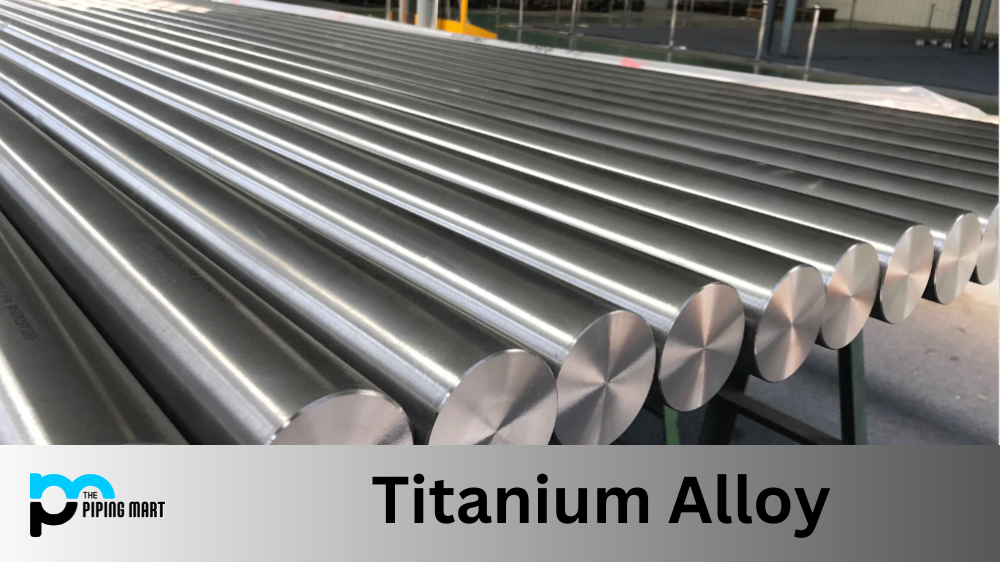If you’re shopping for stainless steel products, you may be wondering what the difference is between satin and polished stainless steel. It can be hard to tell the two apart at first glance, but there are some key differences that set them apart. Let’s take a closer look at each type of stainless steel and how they compare.
Satin Stainless Steel
Satin stainless steel has a more muted finish than its polished counterpart, giving it a soft matte appearance with very little shine or gloss. This type of finish is popular in modern home design due to its subtlety and versatility–it can be used to add an industrial-chic vibe to any room or space. It also tends to hide fingerprints better than other metal finishes, making it ideal for high-traffic areas like kitchens and bathrooms. Additionally, satin stainless steel is easier to clean than many other textures since dirt does not stick as easily on its surface.
Polished Stainless Steel
In contrast, polished stainless steel has a bright and shiny finish that often features a reflective sheen. This type of finish is perfect for bringing a touch of elegance into your home décor. It also helps make small spaces appear bigger by reflecting light around the room–which can also help make your home brighter during dark winter months! Finally, polished stainless steel is generally more durable than its satin counterpart due to its harder surface texture which makes it less susceptible to dents or scratches over time.
Difference Between Satin and Polished Stainless Steel
Appearance
The most obvious difference between satin and polished stainless steel is its appearance. Satin stainless steel has a dull, matte finish, while polished stainless steel is shiny and reflective.
Maintenance
Another key difference between satin and polished stainless steel is the amount of maintenance required to keep them looking their best. Satin stainless steel is more resistant to fingerprints and smudges and thus requires less cleaning and polishing. Polished stainless steel, on the other hand, is more susceptible to these types of markings and requires more frequent cleaning and polishing.
Cost
The cost of satin and polished stainless steel can also vary depending on the quality of the materials used. In general, however, polished stainless steel tends to be more expensive than satin stainless steel. This is due to the fact that it requires more work to produce a polished finish.
Durability
When it comes to durability, both satin and polished stainless steel are quite resistant to scratches and other forms of damage. However, polished stainless steel may show signs of wear sooner than satin stainless steel due to the fact that it has a shinier surface that is more susceptible to being scratched or marred.
Use
The final difference between satin and polished stainless steel relates to their intended use. Satin stainless steel is often used in applications where a matte finish is desired, such as in architectural or industrial settings. Polished stainless steel, on the other hand, is more commonly used in settings where a high level of reflectivity is desired, such as in jewellery or kitchen appliances.
Conclusion:
When it comes down to satin vs polished stainless steel, each option has its own unique benefits. Satin is great for modern industrial looks and easy cleaning, while polished adds an elegant style element that reflects light around the room. Ultimately, the choice boils down to personal preference and what will work best with your interior design aesthetic! No matter which type you choose, you’ll have beautiful stainless steel accents in your home that will last for years to come!

Abhishek is a seasoned blogger and industry expert, sharing his insights and knowledge on various topics. With his research, Abhishek offers valuable insights and tips for professionals and enthusiasts. Follow him for expert advice on the latest trends and developments in the metal industry.




